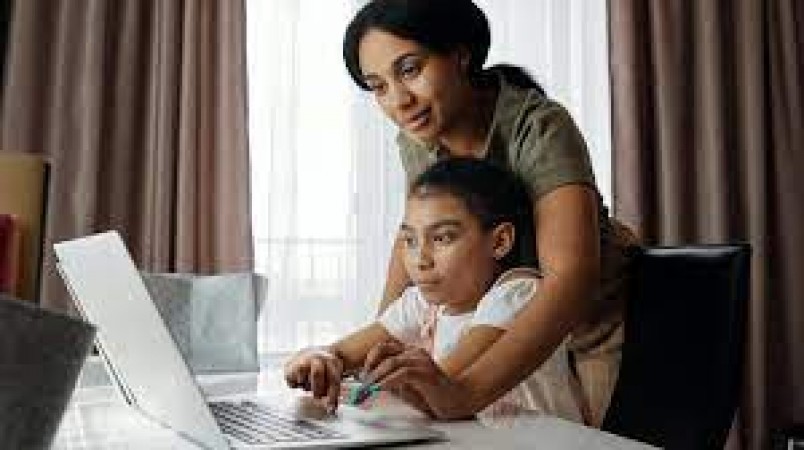
Creating a space that caters to children's needs requires a deep understanding of their world. Here's how you can make it happen.
Ensuring a safe environment is paramount. Assess potential hazards and take proactive measures to eliminate them.
Children are drawn to vibrant colors and imaginative designs. Infuse creativity into the space to encourage exploration and play.
Children's needs change rapidly. Opt for modular and adaptable furniture that can evolve with their growing requirements.
Education can be seamlessly integrated into a child-friendly space. Here's how you can make learning an enjoyable experience.
Set up interactive stations that promote hands-on learning. This could include art corners, science experiments, or reading nooks.
Games that combine fun and education contribute to cognitive development. Choose age-appropriate games that align with learning objectives.
Design a cozy reading corner with a variety of age-appropriate books. Instilling a love for reading early on is a gift that keeps on giving.
A child-friendly environment should encourage socialization. Here are ways to create a space that promotes healthy interactions.
Designate a space for group activities, fostering teamwork and social skills. This could be an art corner or a collaborative project area.
Ensure that play areas are inclusive, accommodating children with different abilities. Every child should feel welcome and included.
Create cozy corners where children can forge friendships. Comfortable seating and engaging activities can facilitate bonding.
In today's digital age, finding the right balance with technology is crucial. Here's how to incorporate technology responsibly.
Select educational apps and games that align with your child-friendly goals. These tools can enhance learning in a tech-savvy way.
Set clear guidelines for screen time. Balance digital activities with outdoor play and other forms of interactive learning.
Children's well-being goes beyond the physical environment. Consider these tips for promoting a healthy lifestyle.
Incorporate nutrition-focused areas where children can learn about and engage with healthy food choices.
Designate areas for physical activities that encourage movement. This could include dance corners, yoga spaces, or mini sports zones.
Introduce mindfulness corners where children can practice relaxation techniques, fostering emotional well-being.
Creating a child-friendly space involves collaboration with parents and caregivers. Here's how to involve them in the process.
Establish open lines of communication with parents. Regular updates on activities and progress can strengthen the bond between home and school.
Organize events that encourage parental participation. This could include workshops, storytelling sessions, or collaborative projects.
Instilling a sense of environmental responsibility is essential. Consider these tips for incorporating sustainable practices.
Opt for eco-friendly and non-toxic materials in the design and furnishing of the space. This promotes a healthy environment for children.
Incorporate activities that teach children about environmental conservation. Planting trees, recycling projects, and nature walks can contribute to their understanding.
A child-friendly space is dynamic and should evolve with the needs of the children. Regular evaluation and improvements are key.
Create channels for feedback from children. Their insights can provide valuable information on what works and what needs improvement.
Periodically seek the input of child development experts or educators. Their insights can guide adjustments to ensure the space aligns with the latest research in child development.
In conclusion, creating a child-friendly environment is an ongoing process that requires dedication and adaptability. By combining safety, education, socialization, technology balance, a healthy lifestyle, parental involvement, sustainability, and continuous improvement, you can craft a space where children thrive.
Woman murdered in broad daylight in Telangana, culprits still out of reach of police
Bangalore Police Bust Illegal Flesh Trading Rings, Rescue 49 Women"
Online Gaming Fraud: Hyderabad Police Arrests Accused Mastermind